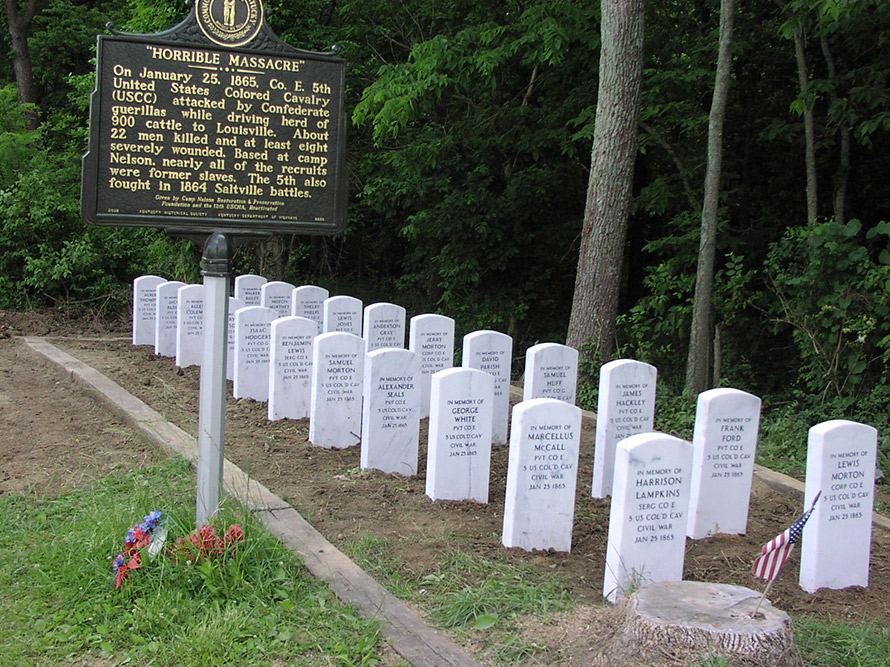For the living know that they shall die: but the dead know not any thing, neither have they any more a reward; for the memory of them is forgotten. Ecclesiastes 9:5
Memorial Day — the national holiday in the US to honor those who fell in service to our country — has its roots in the Lost Cause. And I only note this because Pastor Douglas Wilson of Christ Church, Moscow, clings to all six tenets of the Lost Cause mythology without which his southern worldview would not exist: No Lost Cause, no Southern Slavery As It Was or any of its disgrace:
Even though the phrase “Lost Cause” would not emerge until one year after the war ended, the reverent mythologizing of the Confederate cause began immediately after the war. In 1865 and 1866, Confederate women transformed their wartime soldiers’ aid associations into organizations bent on memorializing their Lost Cause. Claiming to be wives, mothers, and daughters in mourning, southern white women of the Ladies’ Memorial Associations (LMAs) organized cemeteries for the more than 200,000 Confederate soldiers that remained in unidentified graves on the battlefields and established the annual tradition of Memorial Days — occasions on which thousands of ex-Confederates would gather publicly to eulogize their fallen soldiers and celebrate their failed cause. Relying on the mid-nineteenth-century assumption that women were naturally non-political, ex-Confederate men recognized that women might be best suited to take the lead in memorializing the Confederate cause. (Encyclopedia of Virginia1)
The glorious Confederacy continued its long storied tradition of hiding behind women (and children) when it launched this tradition, which they originally called Decoration Day because they decorated the graves of dead Confederates rebels. Please note that these southern white women did not honor the dead black slaves whose chained labor was the sole cause of action for the Confederacy to declare war against the Union.
The North coopted Decoration Day in 1868:
In 1868, General John A. Logan, who was the commander in chief of the Union Civil War Veterans Fraternity called the Grand Army of the Republic (GAR), launched the Memorial Day holiday that is currently observed in the entire United States. According to General Logan’s wife, he emulated the practices of Confederate Memorial Day. She wrote that Logan “said it was not too late for the Union men of the nation to follow the example of the people of the South in perpetuating the memory of their friends who had died for the cause they thought just and right. (Wikipedia)
I lifted the following pic from 5th Regiment Cavalry United States Colored Troops; the caption says, “Memorial Markers Erected in Simpsonville, Kentucky Honoring 22 Men of the 5th USCC Killed in Ambush and Buried in Mass Grave on January 25, 1865.” This link is a great resource for other memorials to USCT.

1 “Contributed by Caroline E. Janney, an assistant professor of history at Purdue University in West Lafayette, Indiana.”

Thank you for this post. It is long past time that any thoughtful, well informed adult should tolerate the half-ass faux excuses of die-hard Confederate apologists — hello there plagiarists Doug Wilson and Steve Wilkins. Not only do you steal words you rewrite history to celebrate your white, patriarchal, sense of entitlement — thus (unintentionally I am certain) proclaiming far and wide your ignorance of history, and your own apparently fragile and easily threatened sense of masculinity.
The article below provides the information that Wilson and Wilkins failed to learn — and puts lie to the “facts” they provide in the Civil War section of the discredited Omnibus series.
Rose Huskey